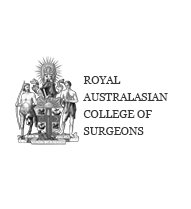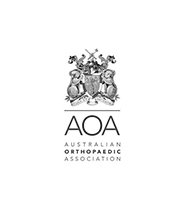Shoulder Arthritis
Shoulder Arthritis
Shoulder arthritis covers numerous conditions where the joint surfaces (cartilage) wear out.
The joint surface is covered by a smooth articular surface that allows pain free movement in the joint.
The cartilage cushions the bones that make up a joint in order to absorb stress during movement.
Types of Shoulder Arthritis
The most common types of arthritis are:
Osteoarthritis:
Osteoarthritis, also called wear-and-tear arthritis, is a degenerative joint disease that affects the cartilage. The cartilage starts to wear away over time, and in extreme cases, nothing remains to protect the bones, causing painful bone-on-bone contact. Osteoarthritis is the most common type of arthritis, which often occurs with advanced age, excessive load, or other disease, injury or deformity.
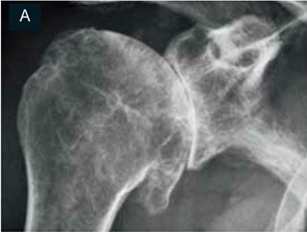
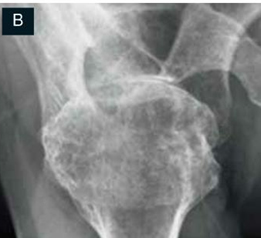
Shoulder Osteoarthritis: with bone on bone contact.
Rotator Cuff Arthritis
Chronic large tears of the rotator cuff can cause the shoulder ball to ride high on the socket and rub on the overhanging shoulder blade. This can lead to cartilage wear and a painful arthritis characterised by weak, decreased movement.
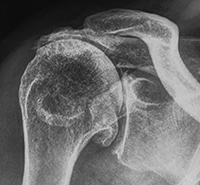
Rheumatoid arthritis
This is an auto-immune disease in which the body's immune system attacks healthy joints. Occurring most often in women of childbearing age (15 to 44 years), this disease inflames the lining of joints (synovium). With the advent of modern medical treatments, rheumatoid disease is better controlled, limiting joint destruction and the need for replacement.
Other causes of Shoulder Arthritis include
- Trauma (fracture)
- Increased stress, e.g., overuse, overweight.
- Avascular necrosis (loss of blood supply)
- Infection
- Growth abnormalities of the shoulder
- Connective tissue disorders
Shoulder Arthritis Symptoms
Each form of arthritis affects the shoulder differently, with general symptoms including swelling and pain or tenderness for more than two weeks, redness or heat, limitation of motion and early morning stiffness. When severe, arthritis can deform or cause disability in the shoulder joint.
In an arthritic shoulder:
- The capsule is thickened.
- The joint space is narrowed and irregular in outline.
- Excessive bone can also build up around the edges of the joint.
How is Shoulder Arthritis Diagnosed?
Shoulder arthritis is diagnosed by
- Taking a medical history
- Performing a physical examination
- Reviewing imaging of the affected region. These may include may
- X-rays
- Computed tomography (CT) scans
- Magnetic resonance imaging (MRI) scans
What are the Treatment options?
There is no cure for arthritis, but the symptoms can be managed.
Dr Harper may:
- Prescribe pain and anti-inflammatory medicine,
- Advise ice or heat application on the affected region and activity modification
- Refer to physiotherapy, for pain management, stretches and exercises. Patients with rotator cuff arthritis may benefit from an anterior deltoid strengthening program.
If non-operative treatment has been exhausted, surgery may be considered. Common surgeries for treatment of shoulder arthritis include:
- Arthroscopy (using narrow instruments and small incisions to clean out the damaged tissue)
- Arthroplasty (replacement of the damaged joint with artificial components)
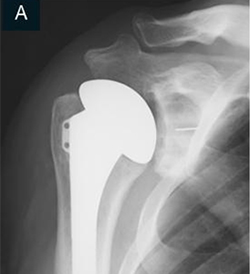
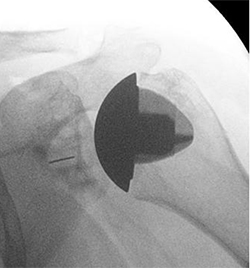
Anatomical shoulder replacements for osteoarthritis using long and short stems.
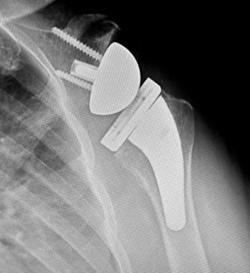
Reverse shoulder replacement for rotator cuff arthritis
Untreated Shoulder Arthritis
If shoulder arthritis is untreated, movement may become increasingly limited. Pain can become debilitating and difficult to control with analgesics. Eventually the pain and stiffness can restrict activities of daily living, sleep and independence, compromising quality of life.

